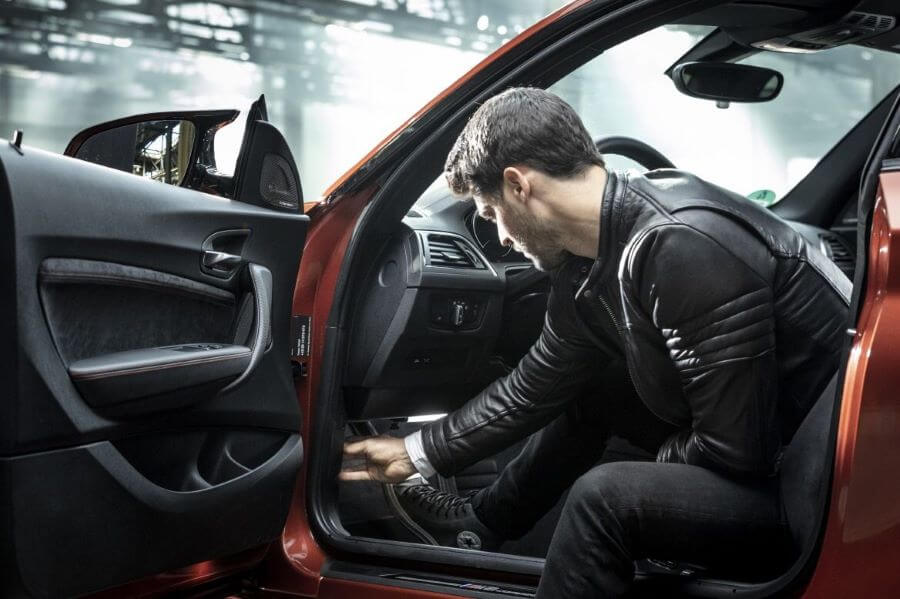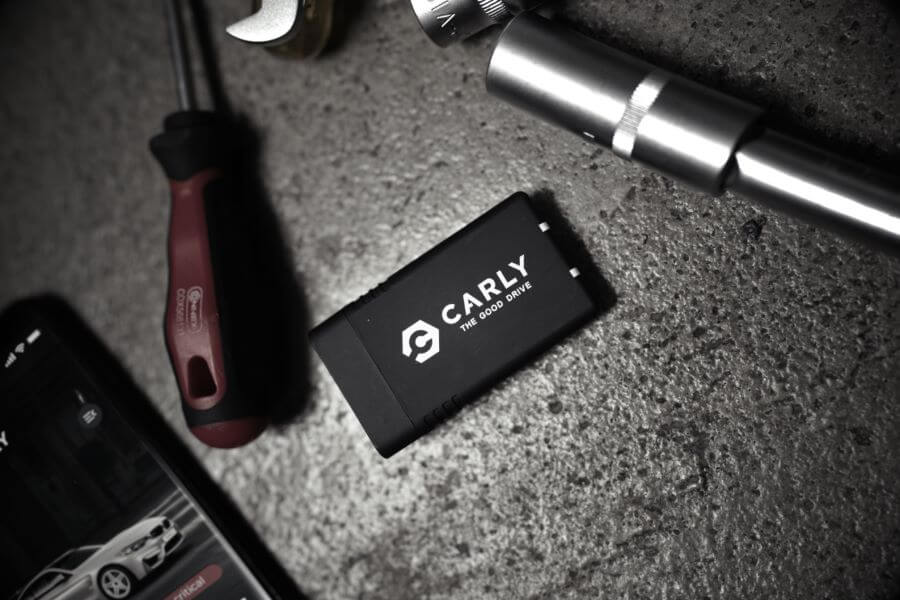Buying a car is an exciting time and a used vehicle (second hand) is a great way to get a quality car that can often be more accessible. However, to e
Buying a car is an exciting time and a used vehicle (second hand) is a great way to get a quality car that can often be more accessible. However, to ensure that you’re making a wise investment and not inheriting someone else’s problems, follow the tips below from car expert Dan Meeghan, Carly’s UK Country Manager. He shares the five crucial things buyers must check before making any purchases.
- Document Verification: Before getting caught up in the excitement of test drives and shiny exteriors, start by verifying the car’s documentation. Check the V5 registration certificate (Log Book), Current and Previous MOT certificates, and ensure that the Vehicle Identification Number (VIN) matches the documents and the car itself. Additionally, look for comprehensive service records that provide insight into the vehicle’s maintenance history. On some modern cars, these are digital therefore you will need to ensure there is a recent print out because if you are not yet the owner the local Franchised retailer will not be able to tell you. Also check that the mileage recorded on services aligns with the MOT tests each year for an easy indication of a mileage discrepancy.
- Diagnostic Scans: In today’s technology-driven world, modern cars are equipped with sophisticated computer systems that can provide valuable diagnostic information. Utilize an OBD2 scanner to perform diagnostic scans and identify any underlying issues with the vehicle’s systems that can’t be spotted with the naked eye. Consider using consumer-grade solutions like Carly, which offer user-friendly interfaces for manufacturer level diagnostics and maintenance tasks, including airbag deployment indicating previous unrecorded accidents and mileage verification to prevent odometer tampering.

- Exterior Examination: A careful inspection of the car’s exterior can reveal a lot about its overall condition and how it’s been maintained. Be considerate of the general wear to the paint, a car that’s had a hard life will generally look dull and faded with excessive stone chips. Also look for any signs of damage, repainting, or inconsistencies in panel alignment, which could indicate previous accidents, a good indicator of previous paintwork is overspray. This is where lacquer or paint blows onto other panels and leaves it rough to touch. If you run your fingers along the panels you will detect the change in the paint surface easily. Check the condition of rubber weather seals, lights, windshield, and tire treads to assess the car’s roadworthiness and how it’s been driven. A good indicator of accident damage is replaced parts, does one headlight or indicator look newer than the other, do the bolts on the inner edge of the wings look like they have been removed with damage to the bolt heads.
- Interior Inspection: Since inside the car is where you’ll spend most of your time, it’s essential to thoroughly inspect the interior. Check for signs of wear and tear, especially on the steering wheel and pedals, which can indicate potential mileage tampering. If the driver’s seat is excessively worn on the edge but the pedals and steering wheel are ok then it’s often an indicator of lots of short journeys this can be extra harmful to a cars engine if it does not get up to running temperature and is constantly run cold, extra servicing should have been done to mitigate this. Lift the carpets to check for moisture or water damage, as flood-damaged cars may have hidden issues but something as simple as a blocked roof drain can cause just as much damage. Test all interior gadgets and electronics to ensure they’re in working order.
- Mechanical Assessment: While not everyone is a car expert, it’s beneficial to conduct a basic mechanical assessment or bring along a trusted mechanic for assistance. Look for visible signs of mechanical issues, such as damaged hoses, leaks, or worn-out parts in the engine bay. Test the car’s performance during a test drive, paying attention to how it handles different road conditions and listening for any unusual noises or vibrations. Unusual knocking from suspension over bumps (suspension bushes are worn), Does it pull to one side under braking (brake balance / wheel alignment issues), Does the brake pedal vibrate when braking (warped brakes discs and pads need replacement), is there a rattle that appears when the clutch is depressed while the car idles (dual mass flywheel and clutch will need replacement) if you press down hard on each corner of the car it should return to its original position in one controlled movement (if it bounces then a shock absorber will need replacing) all of these items are but a few easy to find parts that will wear out with time, and at different intervals for every car however they can be costly to replace so allow for this in any price negotiation to avoid later disappointment.
By following these five steps, you can make a more informed decision when purchasing a used car, ensuring that you purchase a reliable vehicle that meets your needs and provides peace of mind on the road.
Tips and advice by Dan Meeghan, Car Expert at Carly, the OBD scanner that acts as your personal mechanic.



















































































































COMMENTS